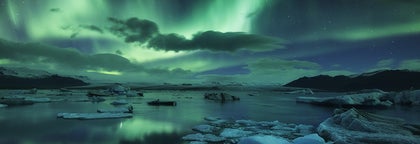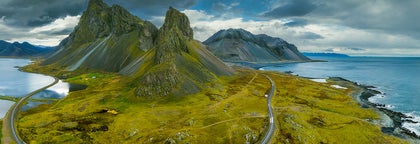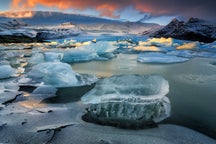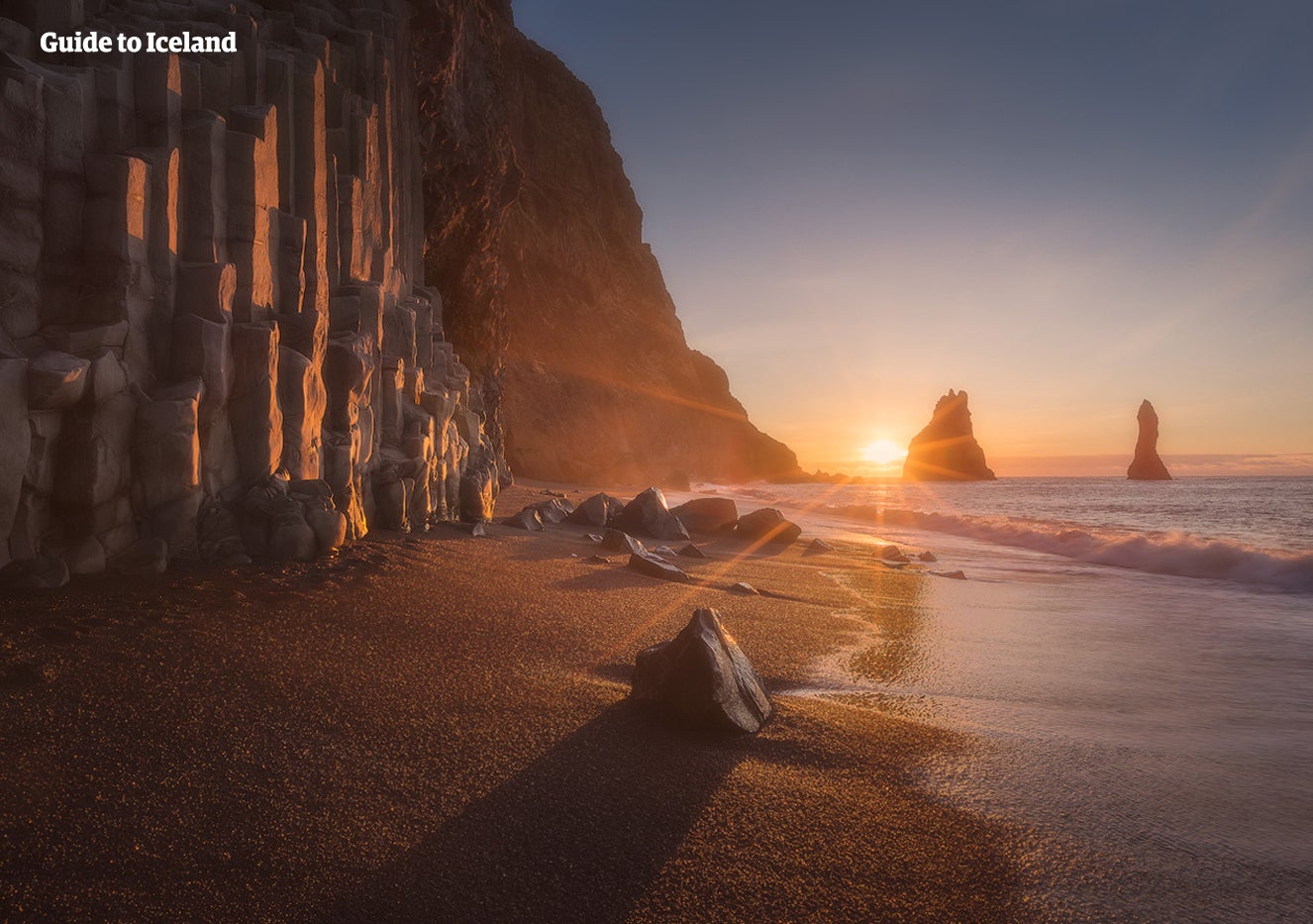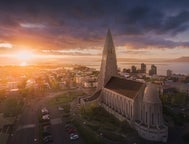
아이슬란드 최고의 승마 투어
아이슬란드에서 가장 다양한 승마 투어로 모험을 즐겨보세요. 아름다운 풍경을 탐험하고 사랑스러운 아이슬란드 말과 친해져 보세요.
특별한 체험 찾기
시작 위치 선택
날짜 선택
출발 일자종료일
여행자 추가
1명
승마 투어
필터를 사용해 더 정확한 결과를 얻으세요
정렬: 인기 순
더 많은 것을 준비했어요
타의 추종을 불허하는 수많은 투어와 패키지 상품들을 살펴보세요
자주 묻는 말
승마 투어에 체중 제한이 있나요?
네, 특정 투어의 경우 그렇습니다. 하지만 아이슬란드에서는 경험이 없거나 초보자들도 체험할 수 있는 수많은 승마 투어를 찾을 수 있습니다. 일부 투어는 어린이도 체험 할 수 있습니다. 승마체험 필수 여부는 개별 투어 설명을 확인해주세요.
승마 투어 참가 인원의 최소 연령은 몇 살인가요?
아이슬란드 말은 어려움 없이 성인을 태울 수 있습니다. 그러나 최대 무게는 수용 할 수 사항은특정 승마 투어에 따라 다릅니다. 이와 관련하여 우려 사항이 있으면 info@guidetoiceland.is로 문의하십시오.
비가 오면 투어가 취소되나요?
투어에 따라 다릅니다. 일부 승마 투어는 성인 전용이지만 일부 투어는 8세 미만의 어린이에게 적합합니다. 아이슬란드 말은 작고 온순하여 어린 친구들에게 이상적인 말입니다.
승마 투어 복장은 어떤 게 좋을까요?
보온성과 방수 기능을 갖춘 겉옷, 튼튼한 신발(예: 승마용 부츠 또는 등산화), 장갑, 헬멧 아래에 착용할 얇은 모자는 아이슬란드의 승마 체험 투어에 필요합니다. 다른 모든 장비는 투어 시작 시 여행사에서 제공합니다.
승마 투어에 장비를 가져가야 할까요?
아이슬란드에서 승마 투어를 할 때 따뜻한 옷과 튼튼한 신발만 가져오시면 됩니다. 헬멧과 멜빵바지는 투어 제공업체가 현장에서 제공합니다.
실제 승마 시간은 얼마나 될까요?
선택하신 투어에 따라 다릅니다만 승마 체험은 1~3 시간정도 소요 될 것으로 예상 합니다. 자세한 정보는 투어 제공업체에 문의해주세요.
이전에 승마 경험이 있어야 할까요?
승마 투어는 보통 우천 시 취소되지 않으나 취소가 걱정되는 경우 투어 당일 투어를 시작하기전여행사에 문의하시면 됩니다. 비가 오는 경우 여행사에서 비옷을 제공합니다.
5가지 걸음걸이 중 어떤 것을 경험하게 될까요?
투어에 따라 다르겠습니다만 적어됴 평보와 구보, 아이슬란드 토종말의 특유 돌트(Tolt) "다섯 번째 보행"을 경험하게 될 것입니다.
아이슬란드 토종말은 어떤 음식을 좋아하나요? 말에게 간식을 좀 줘도 될까요?
말 소유주나 투어 가이드에게 묻지 않고 말에게 음식을 먹여서는 안됩니다. 투어용 말은 보살핌을 잘 받고 있기 때문에 정해진 식이 습관을 방해해서는 안 되기 때문이죠. 아이슬란드 말에게 먹이를 주어 유대감을 형성하고 싶다면 땅에서 풀이나 건초를 주면서 간식을 먹고 싶은지 확인하십시오.
아이슬란드 토종말은 아이슬란드에만 서식하나요? 아이슬란드에 다른 종류의 말은 없나요?
아이슬란드 토종말은 9세기에 바이킹 정착민들과 함께 아이슬란드에 도착한 이래로 고립되고 보호받는 품종이었습니다. 다른 종류의 말은 아이슬란드에 들어올 수 없습니다. 아이슬란드 토종말은 수출될 수 있지만 떠난 동물은 돌아올 수 없습니다.

아이슬란드 최대 규모의 여행 앱 설치
아이슬란드 최대의 여행 마켓플레이스를 전화에 다운로드하여 전체 여행을 한 곳에서 관리하세요
전화 카메라로 이 QR 코드를 스캔하고 표시되는 링크를 누르면 아이슬란드 최대의 여행 마켓플레이스를 주머니에 넣을 수 있답니다. 다운로드 링크가 포함된 SMS 또는 이메일을 받으려면 전화번호 또는 이메일 주소를 추가하세요.

























